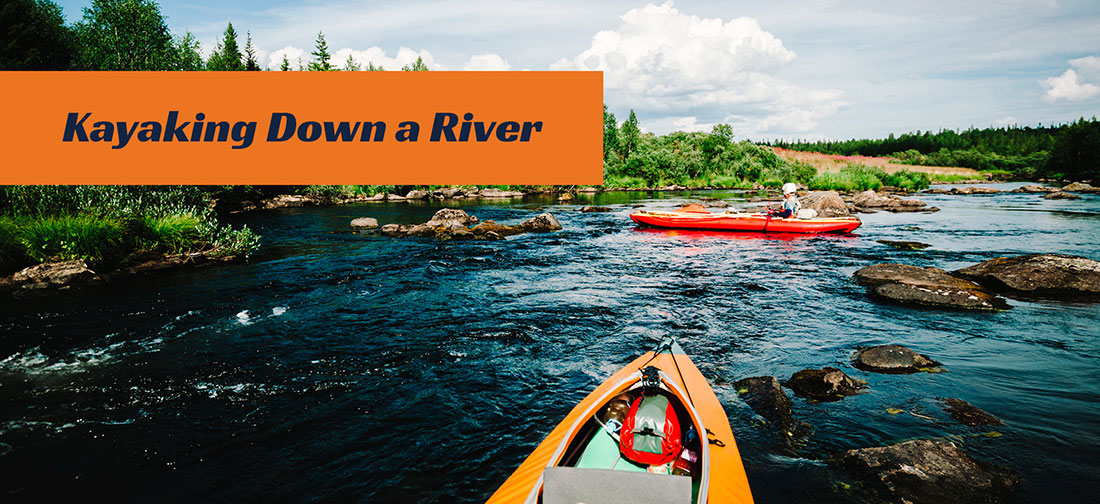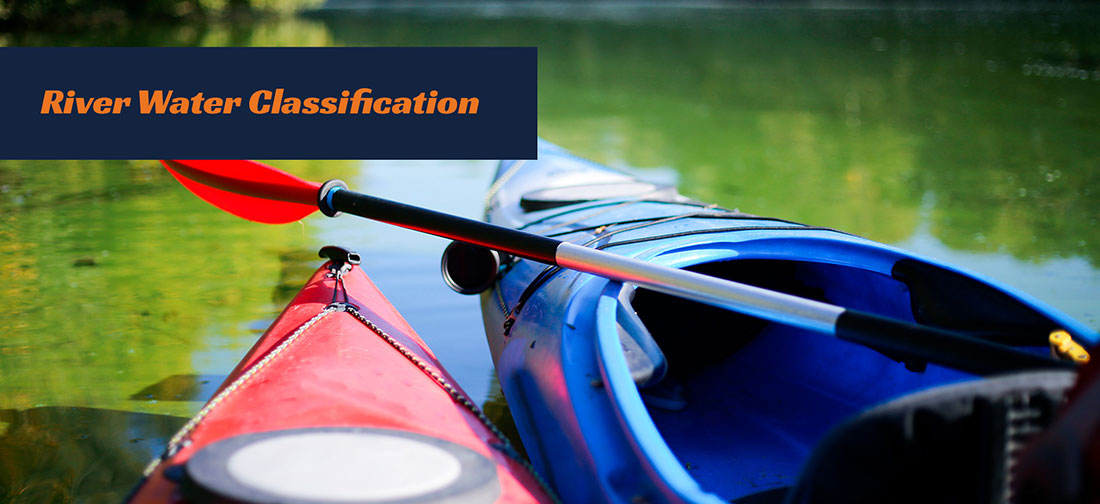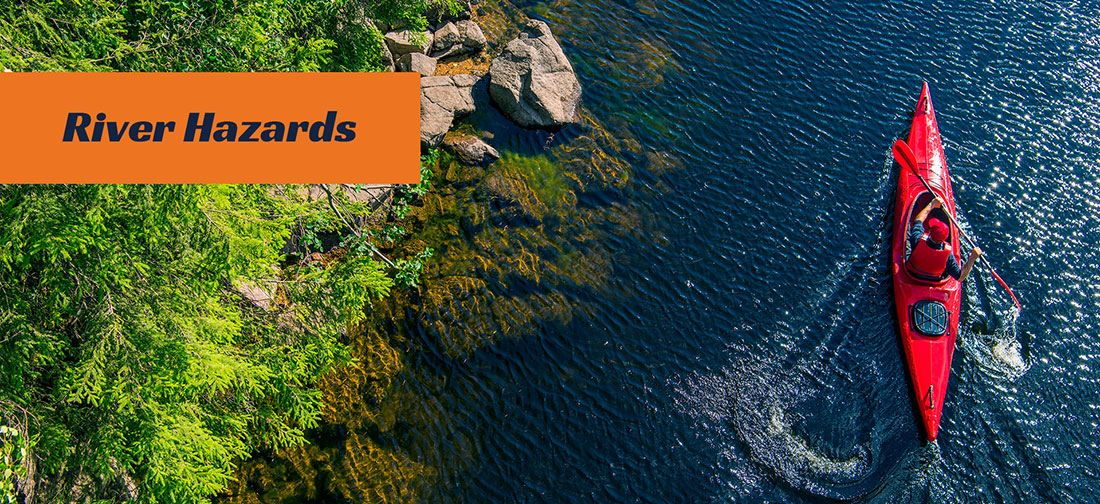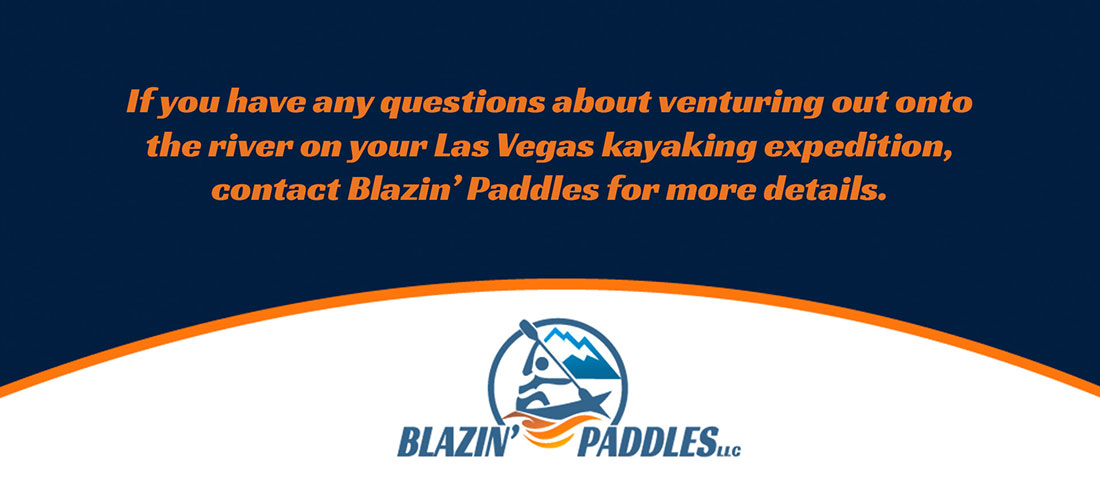How to Navigate a Kayak
Whether you are just learning how to kayak or have some experience out on the water, learning how to navigate your boat properly can make kayaking much safer and easier. If you want to learn more about navigating your kayak in Las Vegas, Blazin’ Paddles is here to help.
Kayak Using Landmarks
When you set out kayaking, it’s essential to figure out what landmarks are around to get your bearings quickly and easily. When you get your bearings, you will want to follow a line to the point you are trying to reach. Other factors, such as wind and the changing tides, can alter your course and make you end up in a different place than you intended to go. If you are trying to navigate your boat with landmarks, focus on something you are aiming for while keeping an eye on something in the background. If your boat starts to drift, pick a point relative to the point you’re aiming for and whatever you are focusing on in the background. The object in the background and the point you are aiming your kayak towards move in the same direction you are drifting.
Kayaking Down a River
Kayaking in Nevada often means you will be kayaking down a river. However, not all rivers are the same, and the river you’ll be kayaking on can make a big difference in how you can and should operate your kayak.
Essentially, there are five considerations to think about when you’re kayaking near Las Vegas:
- Know the river’s characteristics
- Choose the right kayak
- Have basic kayaking skills
- Read the river
- Arrange transportation
Of the elements above, arranging transportation is the only thing you need to nail down before you set off on your Las Vegas kayak tour. However, it also helps to have a good working knowledge of other skills such as reading the river.

Know the River
Each river has its own characteristics, including its own personality and challenges. There are also some universal terms that can be used to describe a river, which will help you with a Hoover Dam kayak tour that you take to kayak Las Vegas. Some basic vocabulary applies to rivers, too. The word “downstream” refers to the river’s water flow direction, and the opposite direction is called “upstream.” If you are sitting in the boat, the water to the right is called “river right,” and the water to the left is called “river left.”
River Water Classification
A Class System classifies river waters. The higher the class level is, the more challenging the water is to kayak. Essentially, you will encounter more rapids with a higher Class System. A Class II rapid, for instance, is not nearly as treacherous as a Class V rapid. Class II rapids are considered to be long, narrow, relatively straightforward areas of a river and reasonably easy to navigate. Class V rapids, on the other hand, are treacherous. They are long, winding, and violent stretches of river with chutes that are narrow and hard to avoid.
In addition to having class ratings, rivers are also classified by how many feet they drop over a mile. The gradient is one way to measure that drop. The gradient is the volume of water that flows in a second, and River volume refers to how much water the river contains. Style can mean any characteristics that make a river unique and contribute to its personality. Knowing the physical characteristics of a river can help you figure out how challenging the river is for Las Vegas kayaking and if it’s something you can manage. Alternatively, you may decide that you need to have some more kayaking experience under your belt first before you set out to conquer a Class IV or Class V rapid.
While some rivers might generally fall into a class rating, they can change by the day or when certain events occur, such as storms and floods. Some rapids can change from mild to more aggressive if their water level is higher, and Rapids can also get stronger when the water level decreases. Before you set out on the water, scout out the river the day you plan to kayak to see what the conditions are like. If you’re unsure how to judge a river, ask a knowledgeable guide or someone familiar with Las Vegas kayaking to help you.

River Hazards
When you’re kayaking down a river, you will also need to know what hazards exist and how to avoid them. River currents are one of the biggest problems to look out for. Rivers can even have various currents depending on obstacles along their rapids, so studying the river before setting out in your boat is critical.
Rocks are other obstacles that can appear in a river and cause problems. Rocks may appear above the surface of a river, but they can also be hidden entirely under the water, making them very difficult, if not impossible, to see. If you can’t see a rock under the surface, you can look for clues to know it’s there by looking for waves and ripples in the water. While any kind of kayak can run into problems with rocks, inflatable kayaks face the greatest risk. Rocky areas should be avoided if possible in an inflatable kayak. Otherwise, the boat can be punctured and need repairs, which can put a damper on your kayaking plans for the day.
Along with rocks, be on the lookout for holes in the river. Holes are created when water flows over a rock or another obstacle and folds in on itself. Holes with edges that curve downstream are called “smiley holes.” These holes are less dangerous than holes with edges that curve upstream. Holes with this shape can catch your kayak and push it into the middle of the hole. Before venturing out for the day, you should ask more experienced kayakers if there are any holes they recommend avoiding when venturing out in your boat.

Choose a Kayak for Your Ability
No matter what obstacle you face on the river, it’s important to have a kayak that suits your ability. If you are new to kayaking, you’ll likely want a wider boat such as a touring or sit-on-top boat. If you are a seasoned kayaker thinking of exploring rapids, on the other hand, a whitewater kayak might make a better choice. Whitewater kayaks are available in various sizes and shapes, and whitewater kayaks can be ordered with either a planing hull or a displacement hull.
Have Some Skills
Even if you’re not a master kayaker, when you head out on the river, you should have some basic kayaking skills under your belt. At a minimum, you should know how to perform basic safety maneuvers along with forward and backward strokes. Knowing the proper paddling positions can also reduce the chance of injury. You should also learn a wet exit.
If you have any questions about venturing out onto the river on your Las Vegas kayaking expedition, contact Blazin’ Paddles for more details.

